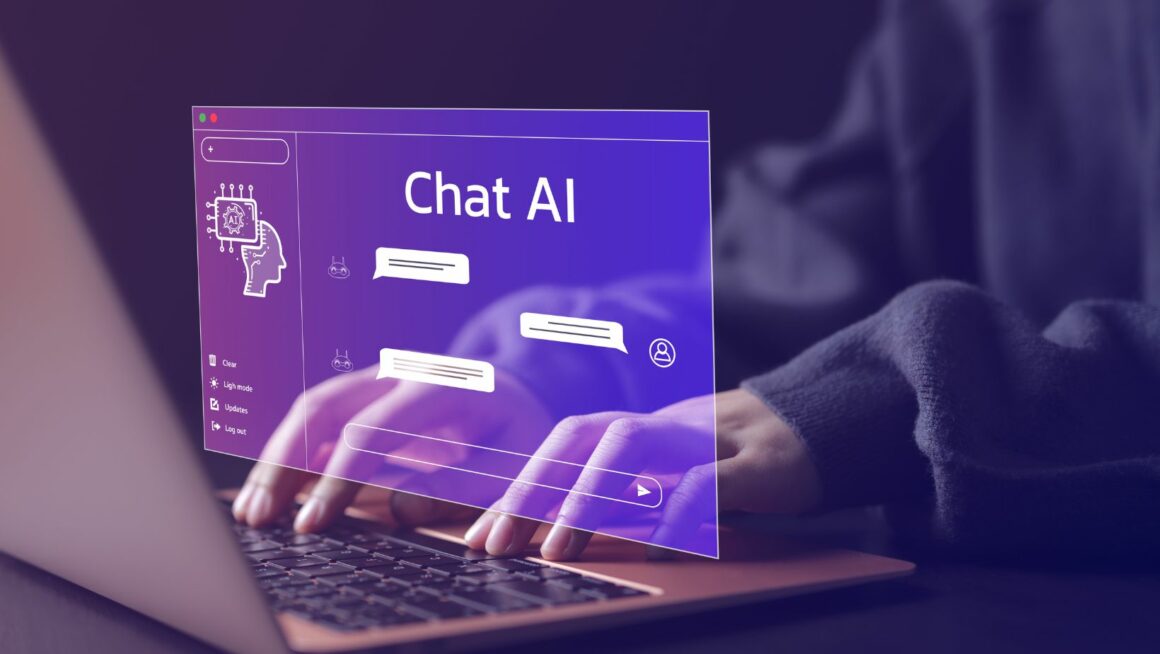In the fast-paced world of technology, AI text generators are making waves. One such groundbreaking technology is the GPT (Generative Pretrained Transformer), a machine learning model that’s transforming the way we generate text.
The GPT model isn’t just a fancy piece of tech; it’s a game-changer. From drafting emails to writing articles, it’s reshaping our digital communication landscape. But how does it work? What makes it so special?
Stay tuned as we delve into the fascinating world of GPT, its working mechanism, and its impact on our day-to-day life. We’ll explore why it’s considered a revolutionary tool in the realm of artificial intelligence and how it’s making our lives easier.
AI Text Generator GPT
History and Development
 Initiated by OpenAI, Generative Pretrained Transformers (GPT) started making waves in the world of AI text generation around 2018. The first iteration, GPT-1, was a testbed of sorts, acting as the launching pad for subsequent versions. From GPT-1’s 12-layers, with over a hundred million parameters to GPT-2’s 48-layer architecture boasting 1.5 billion parameters, the evolution was noteworthy. The most recent version, GPT-3, far surpasses its predecessors, with a 175 billion parameter setup. A breakthrough such as this in AI text generator GPT has transformed artificial intelligence’s potential, harnessing productivity in various tasks.
Initiated by OpenAI, Generative Pretrained Transformers (GPT) started making waves in the world of AI text generation around 2018. The first iteration, GPT-1, was a testbed of sorts, acting as the launching pad for subsequent versions. From GPT-1’s 12-layers, with over a hundred million parameters to GPT-2’s 48-layer architecture boasting 1.5 billion parameters, the evolution was noteworthy. The most recent version, GPT-3, far surpasses its predecessors, with a 175 billion parameter setup. A breakthrough such as this in AI text generator GPT has transformed artificial intelligence’s potential, harnessing productivity in various tasks.
The functioning of AI text generator GPT is rooted in machine learning. Rather than using explicit programs, GPT learns patterns from the data it’s trained on. Textual input allows GPT to predict the most likely next word or phrase, creating coherent and contextually relevant sentences. It utilizes the “transformer” architecture, focusing on input words’ relations rather than their sequential order. Many cognates, like “unsupervised learning” and “autoregression”, define GPT’s process, essentially teaching it to predict subsequent text based on the preceding. Thus, it simplifies daily tasks, paving the path for smarter and more efficient AI applications.
Key Features of GPT Models
Language Understanding and Generation
 GPT Models excel in understanding and generating natural language. They utilize machine learning to analyze vast datasets of text, decoding contextual patterns and associations over particular sequences. Complex in nature, these models don’t merely evaluate words individually. Instead, they comprehend the relational dynamics among words in a sentence, thus generating highly meaningful and coherent text. For example, AI text generator GPT-3 anticipates subsequent phrases and sentences, fashioning text that mirrors human-like language structure.
GPT Models excel in understanding and generating natural language. They utilize machine learning to analyze vast datasets of text, decoding contextual patterns and associations over particular sequences. Complex in nature, these models don’t merely evaluate words individually. Instead, they comprehend the relational dynamics among words in a sentence, thus generating highly meaningful and coherent text. For example, AI text generator GPT-3 anticipates subsequent phrases and sentences, fashioning text that mirrors human-like language structure.
Adaptability Across Different Applications
A defining feature, the GPT models’ adaptability, commands attention. GPT’s versatility empowers it to perform impressively across varied tasks without requiring task-specific training models. You’ll find GPT models being put to use in diverse fields, from chatbots and customer service automation to creative writing and coding aid. With just a few refinements in the input, the AI text generator GPT can output results fit for different tasks. Instances include GPT-3’s capability to answer trivia, write poems, and even write functioning codes, thereby demonstrating unparalleled adaptability.
Advantages of Using GPT for Text Generation
 The journey of GPT from its origin to its current version, GPT-3, has revolutionized the AI text generation field. It’s not just about the impressive number of parameters but also the model’s ability to understand and generate natural language. It can decode complex contextual patterns and comprehend relational dynamics among words, resulting in text that’s almost indistinguishable from human-produced content.
The journey of GPT from its origin to its current version, GPT-3, has revolutionized the AI text generation field. It’s not just about the impressive number of parameters but also the model’s ability to understand and generate natural language. It can decode complex contextual patterns and comprehend relational dynamics among words, resulting in text that’s almost indistinguishable from human-produced content.
Moreover, GPT’s adaptability stands out. It’s capable of performing a variety of tasks without needing task-specific training. Whether it’s powering chatbots, aiding in creative writing, or generating functional codes, GPT models have shown their versatility.
So, if you’re looking for an AI text generator that’s advanced, adaptable, and capable of producing high-quality, human-like text, GPT models are worth considering. They’ve already proven their worth and their future looks even brighter. The GPT model isn’t just a fancy piece of tech; it’s a game-changer. From drafting emails to writing articles, it’s reshaping our digital communication landscape. But how does it work? What makes it so special?

